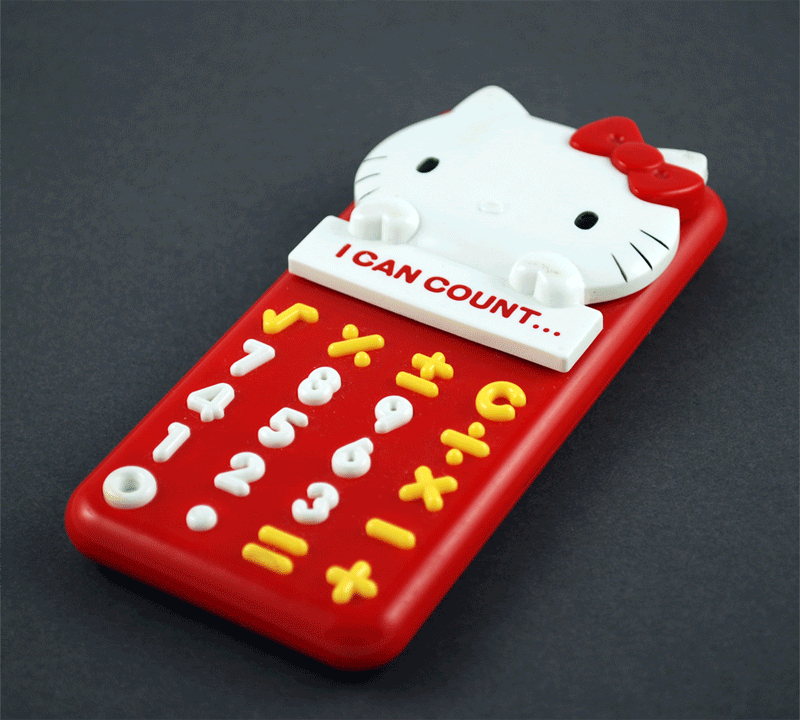 I'm very pleased with the Gorilla Gripper. I put off buying it because of it's high $50 price tag and not being sure how well it works. I was sold after picking up my first sheet of 3/4" plywood. Just grip it underhanded with your hand up by your shoulder and lift straight up. All of the weight is supported by your bone structure rather than your muscles.
I'm very pleased with the Gorilla Gripper. I put off buying it because of it's high $50 price tag and not being sure how well it works. I was sold after picking up my first sheet of 3/4" plywood. Just grip it underhanded with your hand up by your shoulder and lift straight up. All of the weight is supported by your bone structure rather than your muscles.It's has a really sturdy build and seems like it will last forever. The contact surfaces are lined with a rubber textured sheet that grips well and doesn't seem to mar. I've used it on prefinished plywood with no sign of damage. The rubber grip is very comfortable and easy to hold onto. You can also adjust the tension of the mechanism, but it's default setting was perfect for me. And it's good to see something still made in America.
So, the next time your lugging a sheet of 3/4" MDF that weights 100 lbs., consider picking up a Gorilla Gripper.










